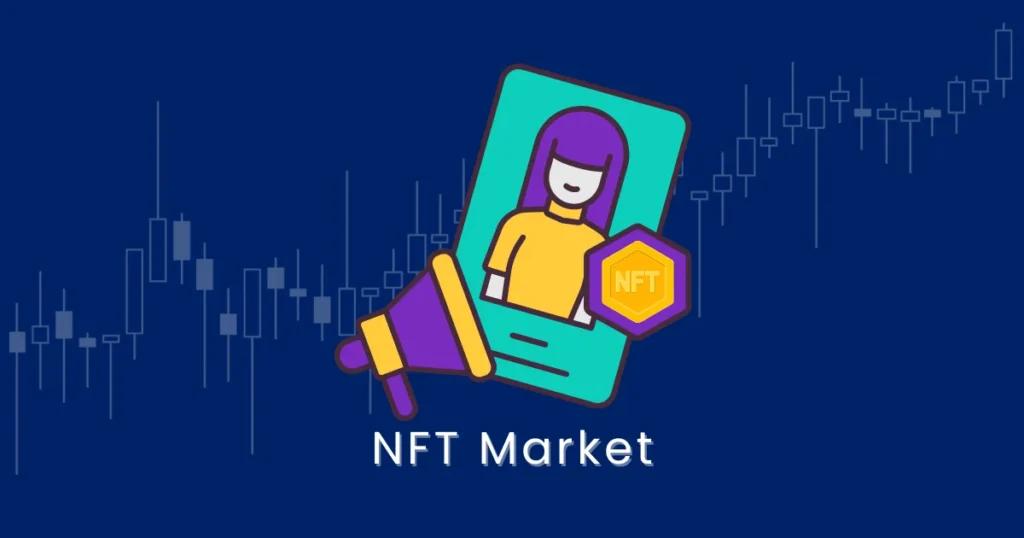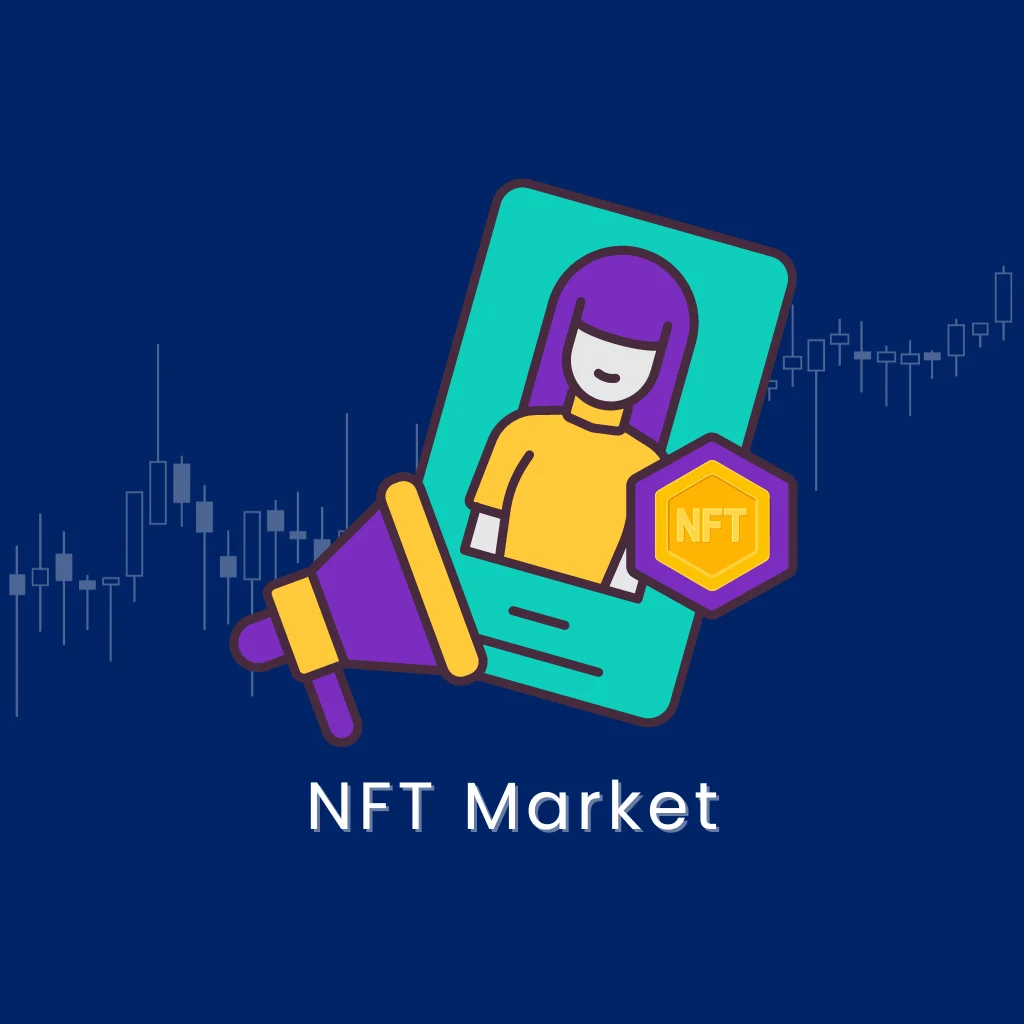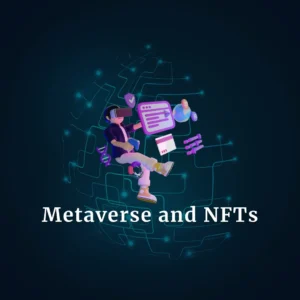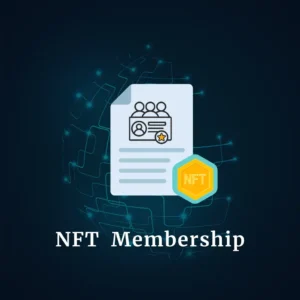The NFT (Non-Fungible Token) market has skilled a meteoric upward jostle in popularity, shooting the interest of artists, collectors, investors, and technologists worldwide. This piece aims to discover the cutting-edge nation of the NFT market, the underlying science that powers it, the possibilities and challenges it presents, and its manageable future directions.
The Rise of NFTs

NFTs are special digital properties that characterize possession or proof of authenticity of an extensive variety of tangible and intangible items, from digital artwork and song to in-game objects and actual property in digital worlds.
The distinguishing feature of an NFT is its non-fungibility, meaning each token is distinct and cannot be exchanged on a one-to-one basis with another token, in contrast to cryptocurrencies like Bitcoin.
The NFT market gained significant traction in the early 2020s, with landmark sales such as Beeple’s digital artwork “Everyday: The First 5000 Days,” which sold for over a million at Christie’s.
This sale now not solely shattered data but additionally signalled a paradigm shift in how digital artwork and collectables are valued and traded.
The Technology Behind NFTs
At its core, NFT technological know-how is constructed on blockchain, a decentralized and disbursed digital ledger that data transactions throughout many computer systems in a way that prevents their alteration. This technological know-how ensures the rarity and possession of NFTs, making them mainly attractive for collectors and creators alike.
Ethereum was the first blockchain to support NFTs through its ERC-721 standard, but since then, many other blockchains have introduced their own NFT standards to accommodate the growing demand, including Binance Smart Chain, Flow by Dapper Labs, and Tezos.
These structures have laboured to tackle troubles such as scalability, transaction fees, and strength consumption that have been factors of rivalry in the broader dialogue about blockchain technology.
Opportunities in the NFT Market
The NFT market provides some possibilities for creators, buyers, and investors. For creators, NFTs provide a new income movement and a way to digitally authenticate their work. Digital artists, musicians, and even authors can monetize their creations directly, bypassing typical intermediaries and connecting with their target market in novel ways.
For collectors and investors, NFTs symbolize a new asset type with doable for giant returns. The digital shortage created via NFTs can force up the fee of these assets, particularly as they achieve historic importance or come to be a section of rising tendencies in digital culture.
Furthermore, the NFT ecosystem is fostering innovation in some sectors, such as gaming, the place NFTs are used to characterize in-game property that gamers can surely own, and digital actual estate, the place plots of land in digital worlds are sold and offered as NFTs. These purposes underscore the versatility of NFTs and trace their possibility to redefine possession and price in the digital age.
Challenges Facing the NFT Market
Despite the opportunities, the NFT market faces widespread challenges. The environmental impact of blockchain technology, in particular networks that use energy-intensive proof-of-work consensus mechanisms, has been a factor of contention. Efforts to migrate to greater sustainable consensus mechanisms like proof-of-stake are underway, however the transition is complicated and ongoing.
Another undertaking is the speculative nature of the market, which has led to volatility and worries about bubbles. The high-profile income and fast charge appreciations have drawn comparisons to speculative bubbles in standard economic markets, elevating questions about the long-term sustainability of modern valuations.
Moreover, troubles associated with copyright and mental property in the digital realm pose prison and moral challenges for the NFT space. Ensuring that creators are fairly compensated and that buyers understand the rights they are acquiring with an NFT purchase remains an area needing clarity and consensus.
The Future of the NFT Market
advancements, regulatory developments, and evolving cultural attitudes in the direction of digital possession and art. Innovations in blockchain technological know-how ought to tackle modern obstacles associated with scalability, transaction fees, and environmental impact, broadening the attraction and utility of NFTs.
Regulatory readability will additionally play a vital position in the improvement of the NFT market. As governments and regulatory bodies around the world start to apprehend and tackle the special components of NFTs, clearer pointers can assist in stabilizing the market and shielding participants.
Culturally, the persistent integration of digital and bodily realms, accelerated with the aid of applied sciences like augmented fact (AR) and digital truth (VR), ought to similarly cement the position of NFTs in art, entertainment, and beyond. As digital experiences emerge as greater immersive and vital to everyday life, the cost and importance of digital possession via NFTs are possibly to grow.
The NFT market is at a crossroads, marked with the aid of exceptional boom and potential, however additionally via giant challenges. Its evolution will be intently watched with the aid of stakeholders throughout the spectrum, from artists and creators to traders and regulators. As the market matures, the final influence of NFTs on the broader financial system and society will unfold, doubtlessly redefining



